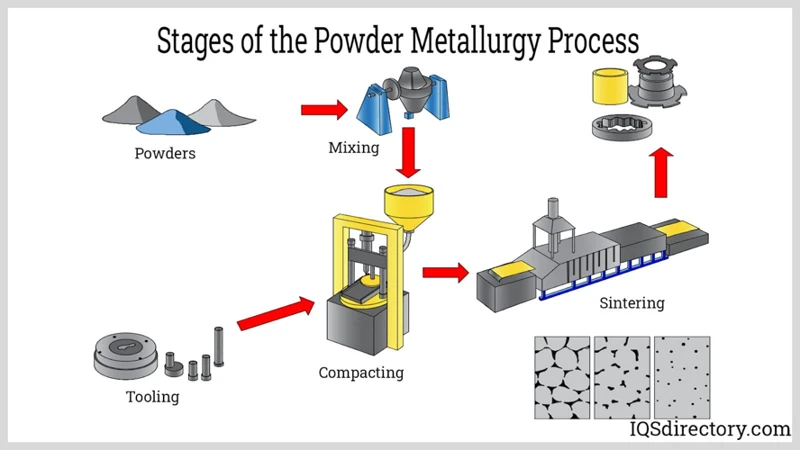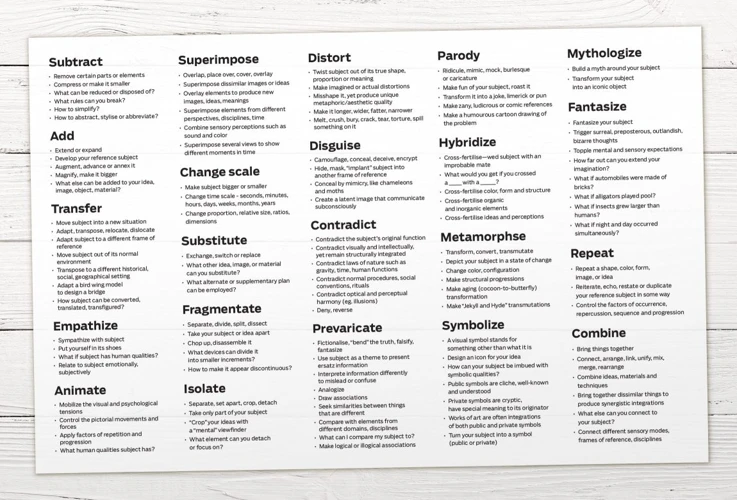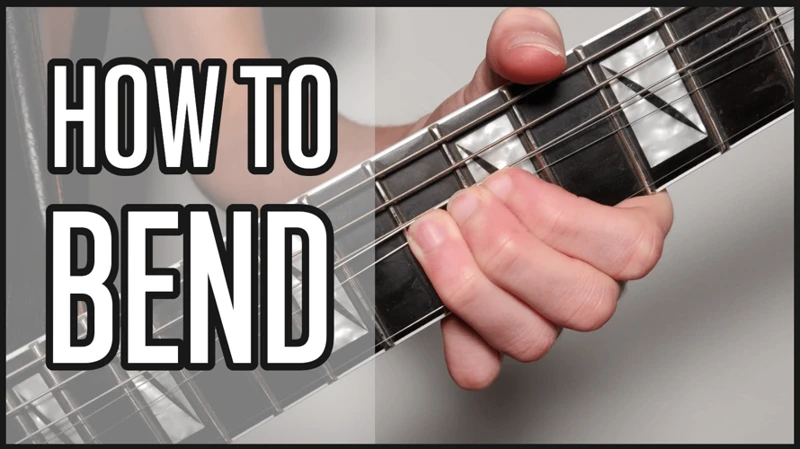Music has the power to transport us to different worlds, evoke emotions, and create unforgettable experiences. And at the heart of creating captivating music lies the art of sound bending. Sound bending techniques involve manipulating and transforming sound in unique ways to create innovative and distinctive sounds that captivate listeners. In this blog post, we will explore some of the most unique sound bending techniques that musicians and producers use to push the boundaries of creativity and sonic exploration.
Granular Synthesis
Granular synthesis is a fascinating sound bending technique that involves breaking down audio samples into tiny “grains” and reassembling them in new and unexpected ways. By manipulating parameters such as grain size, density, pitch, and envelope, musicians can create complex textures and evolving soundscapes that blur the lines between traditional instruments and electronic sounds. Granular synthesis offers a wealth of creative possibilities, allowing artists to transform ordinary sounds into otherworldly sonic experiences that defy conventional categorization.
Example: Granular Synthesis in Action
Imagine taking a simple piano melody and subjecting it to granular synthesis. The once familiar notes are fractured into thousands of microscopic grains, each with its own unique sonic characteristics. By modulating parameters like grain pitch and density, the melody is transformed into a shimmering, ethereal texture that dances across the stereo field, enveloping the listener in a kaleidoscope of sound.
Convolution Reverb
Convolution reverb is a powerful sound bending technique that simulates the reverberation characteristics of real acoustic spaces. Unlike traditional algorithmic reverbs that rely on mathematical models to create reverberation, convolution reverb uses actual impulse responses captured from physical spaces to recreate their unique sonic signatures. By convolving audio signals with these impulse responses, musicians can place their sounds in any acoustic environment imaginable, from lush concert halls to eerie caves and beyond.
Example: Convolution Reverb in Practice
Picture a dry, lifeless drum loop suddenly coming to life as it is convolved with the impulse response of a majestic cathedral. The drums now resonate with the rich, sonorous reverberations of the cathedral, adding depth, space, and a sense of grandeur to the rhythmic pattern. Convolution reverb allows artists to transport their listeners to immersive sonic landscapes that elevate their music to new heights.
Frequency Modulation (FM) Synthesis
Frequency modulation (FM) synthesis is a versatile sound bending technique that involves modulating the frequency of one audio signal with another to create complex timbres and harmonics. Developed by John Chowning in the 1960s, FM synthesis revolutionized electronic music production and paved the way for iconic sounds heard in genres ranging from pop to experimental music. By adjusting parameters like carrier frequency, modulation index, and envelope shapes, musicians can sculpt a wide range of sounds that defy traditional synthesis methods.
Example: FM Synthesis Unleashed
Consider a basic sine wave oscillator being modulated by another oscillator at a precise frequency ratio. As the modulation depth and rate are manipulated, the once pure sine wave transforms into a rich, evolving waveform filled with harmonically rich overtones and intricate textures. FM synthesis empowers artists to create sounds that are dynamic, expressive, and full of character, making it a staple in the sonic arsenal of modern music production.
Sample Manipulation
Sample manipulation is a creative sound bending technique that involves slicing, stretching, reversing, and rearranging audio samples to create unique and unexpected sounds. With the advent of digital audio workstations and samplers, artists have unprecedented control over the manipulation of audio, allowing them to transform mundane samples into sonic masterpieces. By experimenting with time-stretching, pitch-shifting, and granular processing, musicians can breathe new life into old samples and push the boundaries of traditional sound design.
Example: The Art of Sample Manipulation
Imagine taking a snippet of a vintage vinyl record and slicing it into tiny fragments. By rearranging these fragments, applying pitch and time alterations, and adding effects like reverb and distortion, the once nostalgic sample is reborn as a futuristic, glitched-out texture that defies categorization. Sample manipulation opens up a world of sonic possibilities, inviting artists to explore new realms of creativity and experimentation.
Physical Modeling Synthesis
Physical modeling synthesis is a sophisticated sound bending technique that emulates the behavior of acoustic instruments and physical objects through mathematical algorithms. By modeling the physics of vibrating strings, resonant bodies, and airflow, musicians can create realistic and expressive simulations of traditional instruments as well as entirely new, otherworldly sounds. Physical modeling synthesis offers a level of realism and detail that is unmatched by traditional synthesis methods, making it a powerful tool for musicians seeking to craft lifelike and dynamic sounds.
Example: Crafting Realistic Sounds with Physical Modeling
Picture a virtual guitar instrument that accurately models the behavior of strings, frets, and body resonance. As a musician plays a note on the virtual guitar, the strings vibrate realistically, producing lifelike timbres and articulations that mimic the nuances of a real guitar performance. Physical modeling synthesis allows artists to delve into the intricacies of acoustic instruments and create performances that are indistinguishable from the real thing, blurring the line between virtual and physical reality.
Granular Convolution
Granular convolution is a cutting-edge sound bending technique that combines the textural richness of granular synthesis with the spatial realism of convolution reverb. By convolving granularized audio grains with impulse responses of acoustic spaces, musicians can create intricate, evolving soundscapes that merge the abstract with the tangible. Granular convolution opens up new avenues for sonic exploration, offering artists a palette of sounds that blur the boundaries between organic and synthetic textures.
Example: The Fusion of Granular Synthesis and Convolution Reverb
Imagine granularizing a field recording of raindrops and convolving the resulting grains with the impulse response of a vast, echoing canyon. The raindrops now transform into a mesmerizing cascade of textures that ebb and flow in a vast sonic space, enveloping the listener in a surreal, immersive soundscape. Granular convolution represents the cutting edge of sound design, pushing the boundaries of creativity and innovation in music production.
Looking to explore unique sound bending techniques on your guitar? Check out our articles on unique tones sliding techniques, exploring bending techniques in country music, and advanced sliding guitar techniques for a deep dive into enhancing your musical skills. Want to add some personality to your performance? Discover our piece on unique guitar straps and how they reflect your personality!
Conclusion
Sound bending techniques offer artists a wealth of creative possibilities for shaping and sculpting audio in unique and innovative ways. From granular synthesis and convolution reverb to FM synthesis and physical modeling, the world of sound design is rich with tools and techniques that empower musicians to create captivating and immersive sonic experiences. By exploring and experimenting with these sound bending techniques, artists can push the boundaries of conventional music production and unlock new realms of sonic expression. So, grab your headphones, fire up your favorite software, and let your imagination run wild as you embark on a sonic journey like no other.




